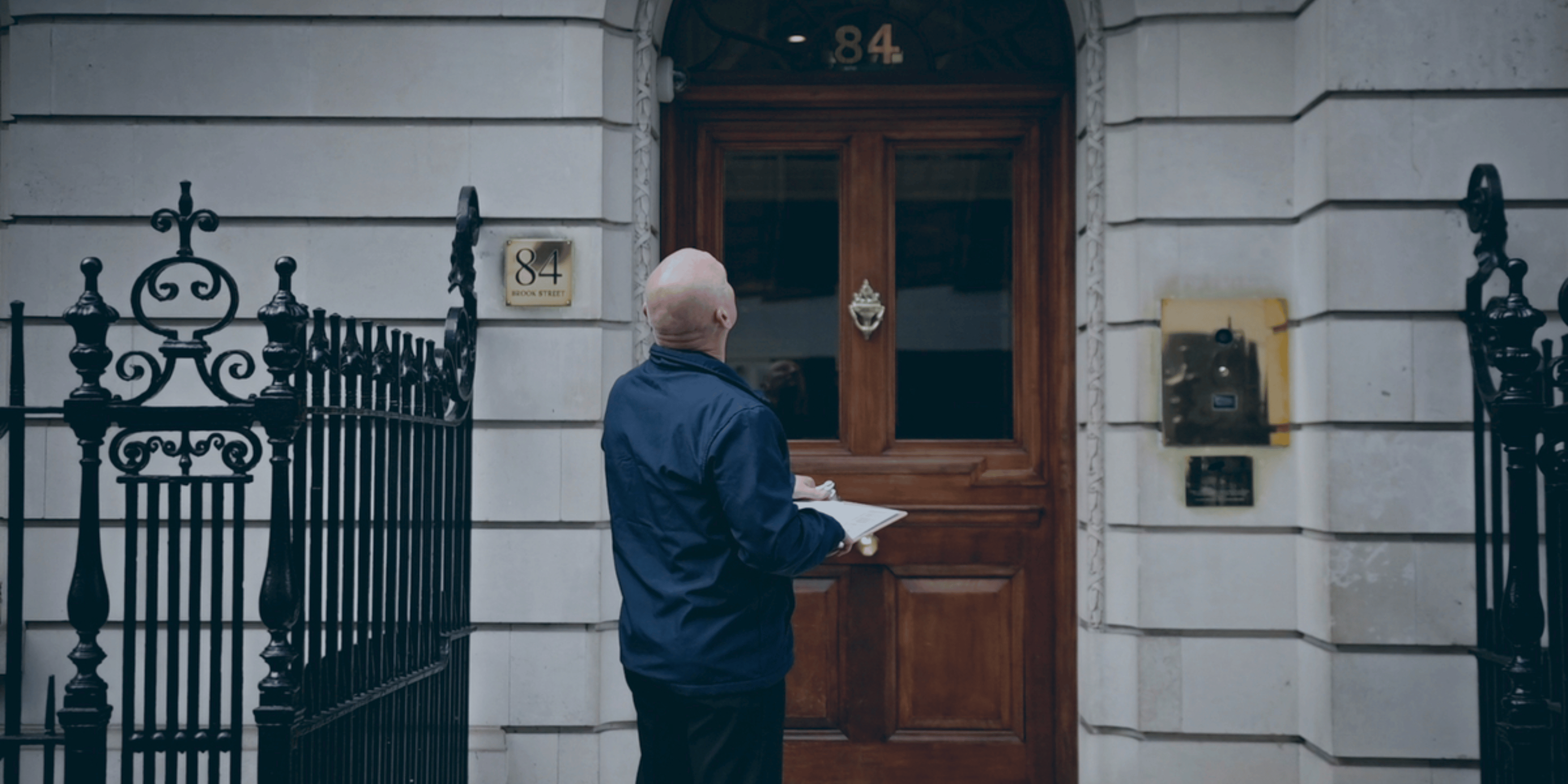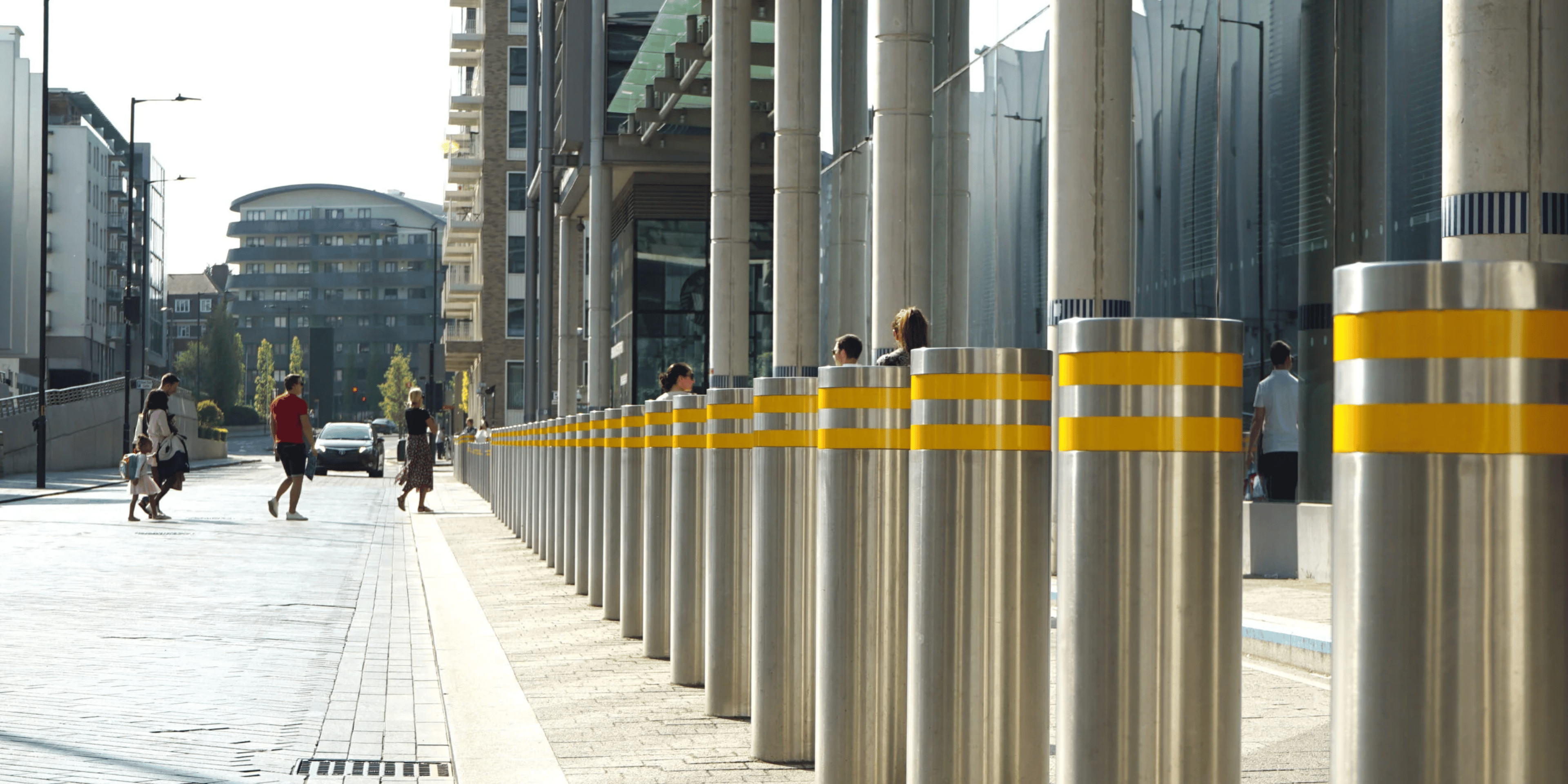
Executive Risk is on the Rise: Here’s How Strategic Security is Evolving

There’s been a noticeable change in how executive security is being viewed, not just in our industry but across boardrooms globally. What was once a discreet line item or private arrangement has become a topic of public record and investor interest, in some cases, even shareholder scrutiny.
After the targeted killing of UnitedHealth executive Brian Thompson in late 2024, demand for personal protection services for senior leadership surged almost overnight. At UnitedHealth alone, spending on executive security reportedly rose from zero to nearly $1.7 million. That kind of rapid escalation doesn’t happen without a significant change in perceived risk.
And the numbers don’t stop there. According to Equilar, which tracks executive compensation trends, 31.3% of S&P 500 companies reported offering security benefits to their top executives in 2024, a sharp rise from 24% the year before, and just 21% in 2021. Over that same period, median spending on those benefits more than doubled.
Some of the biggest jumps came from firms in defence and tech. Intel’s protection costs for executives went from $3,000 in 2023 to nearly $250,000 the next year. Lockheed Martin saw a similar rise, increasing its spend to over $1.3 million. What these figures reflect isn’t panic or overreaction; it’s an overdue realignment with the risks many executives already face.
While most of this data comes from the US, the impact is mirrored here in the UK, particularly among firms with international exposure or public-facing leadership. Executives today aren’t just running companies, they’re public figures, often politically visible and occasionally polarising. That can come with risks to personal safety, both online and in the real world.
In our line of work, we’ve seen firsthand how threats can range from obsessive online behaviour to attempted home intrusions, particularly where personal details have been leaked or travel plans published in advance. It's not always high-profile CEOs who are affected, either; it can be regional leaders, legal officers, or even heads of HR in companies making tough staffing decisions.
But what’s especially worth paying attention to now is how many companies are combining personal protection with corporate-level security planning. The same individuals who require close protection during travel or public events often also need improved protocols at their homes, workplaces and even for family members. What’s emerging is a more holistic view of executive risk, where silos are breaking down and companies are thinking longer-term.
There’s also growing concern around protests and activist disruption. Whether it’s a climate protest targeting a shareholder meeting, or a disinformation campaign directed at a named executive, the potential for reputational harm is now frequently bundled with physical risk. Boards are starting to ask not just “are we protected?” but “what are we missing?”
For businesses looking to take meaningful steps, some of the most effective actions include:
- Conducting a full executive risk assessment that looks beyond the office
- Reviewing residential security setups for key individuals
- Implementing close protection during travel, public events or sensitive periods
- Monitoring online mentions and potential threats through protective intelligence
- Coordinating between corporate security, HR and legal to ensure a joined-up approach
- Establishing clear protocols for incident response and escalation
At the same time, security can’t become a circus. When done well, protective services operate in the background. The best outcomes are uneventful. But the planning behind that calm surface is often extensive, involving assessments, intelligence, travel planning, residential reviews and real-time communication protocols.
For companies starting to take this seriously, the right time to prepare is before anything happens. That way, you're not scrambling for help, but stepping into an already‑prepared plan.
At Priority First, we’ve supported clients through everything from one-off executive travel support to ongoing close protection programmes and office-based guarding strategies. Our focus is always on discretion, experience and alignment with our clients’ actual needs, not whatever’s currently trending in the industry.
If your business is starting to reconsider its approach to executive safety or just wants to better understand where its current gaps are, we’re ready to have that conversation. You can get in touch here.





